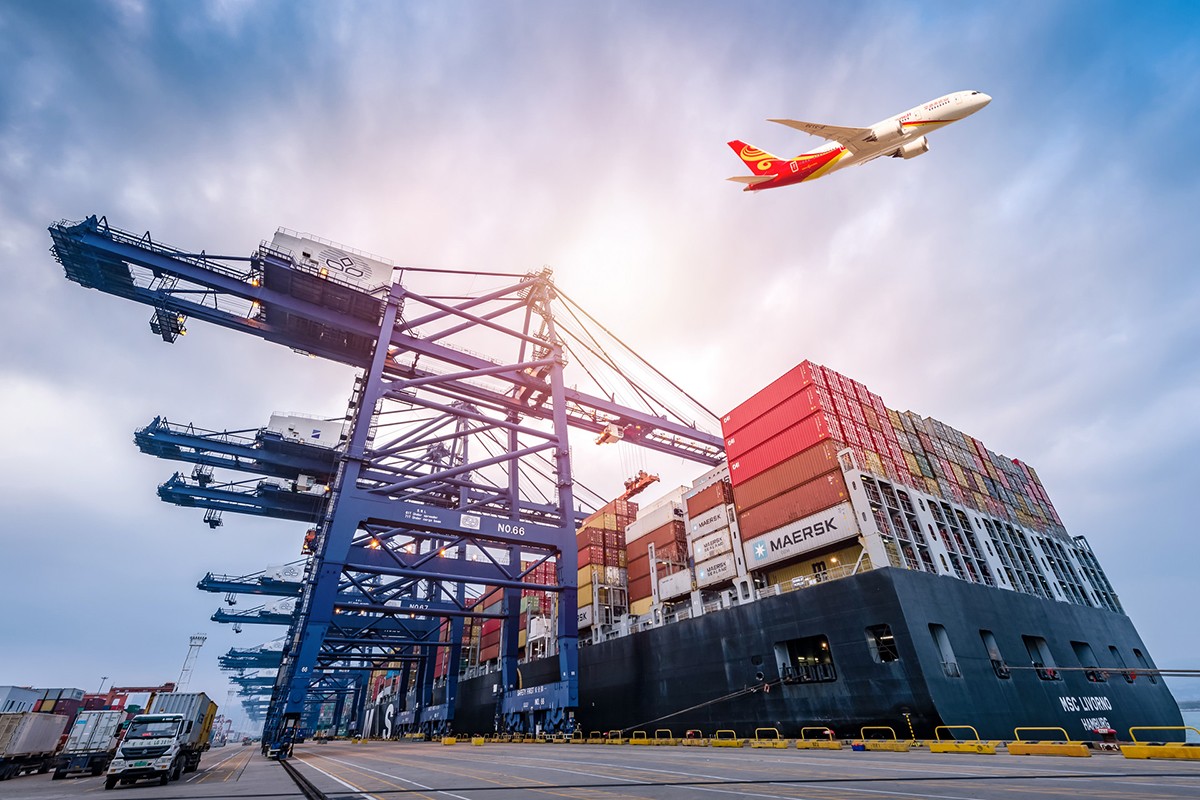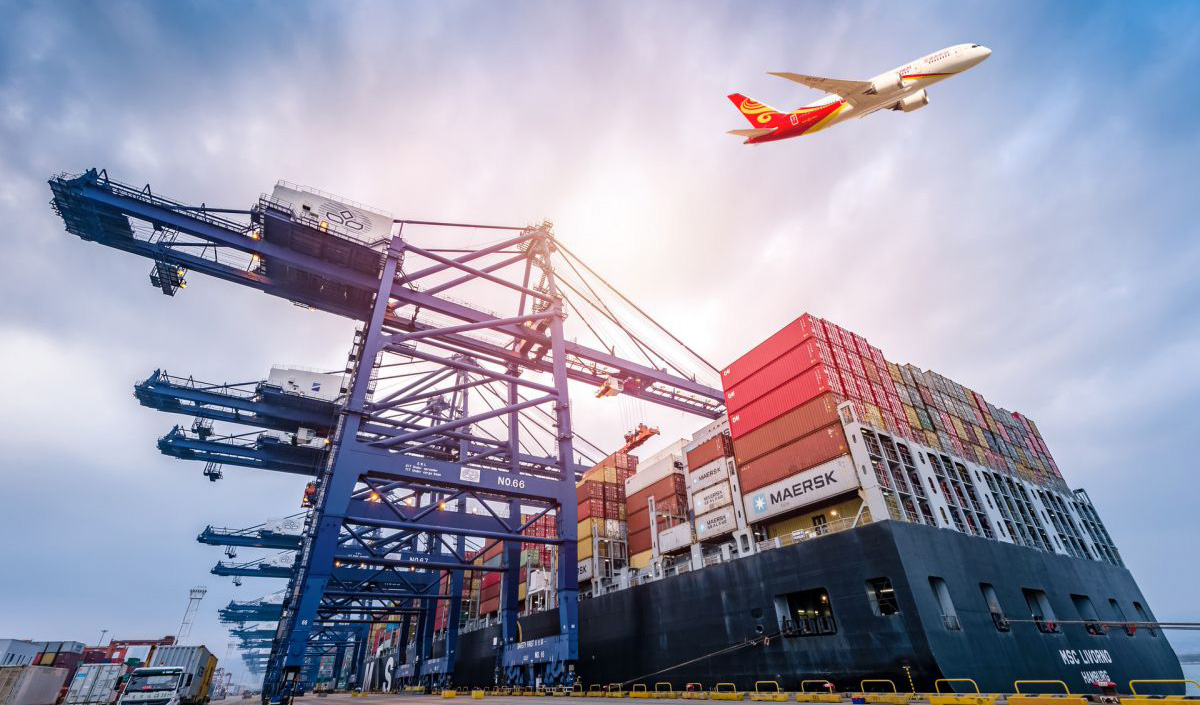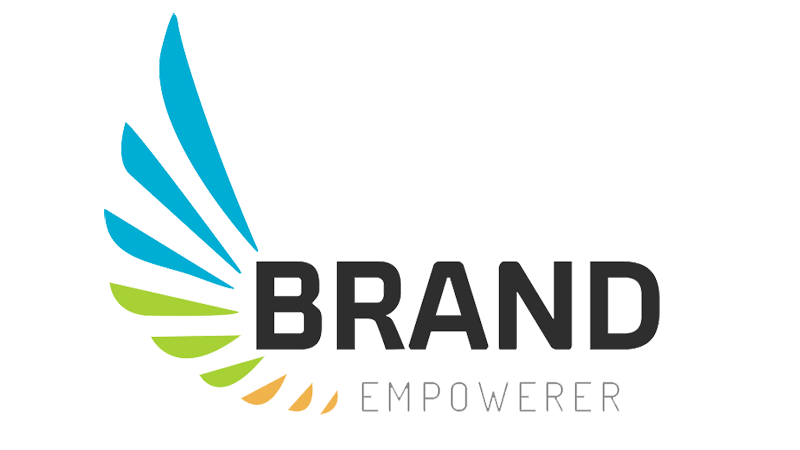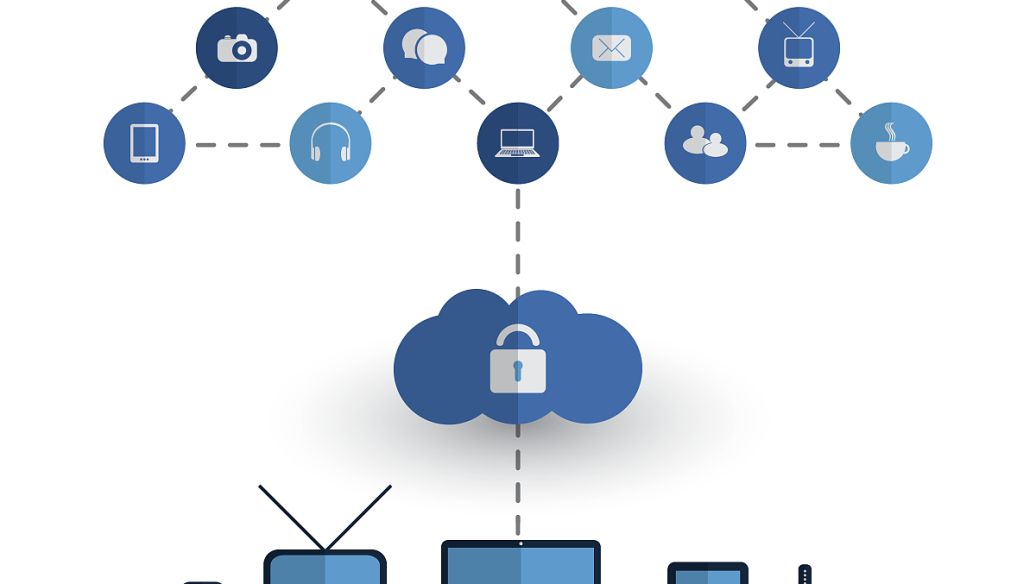0102030405
What is Supply Chain Management?
2023-12-27 11:41:29

Effective product packaging is the difference between standing out on the top shelf and collecting dust in a back corner. It's also the difference between making a memorable first impression on a purchaser and disappearing into the daily blur. When designing effective packaging, it's important to focus on the needs of the end-user first followed by the needs of your distributors and your own business. That means designing packaging that creates added value, makes it easy and desirable for merchandizers to give it preferred placement, and doesn't require a small business loan to manufacture. Read on to find out how an agency approaches packaging one step at a time to achieve amazing results.
Effective product packaging is the difference between standing out on the top shelf and collecting dust in a back corner. It's also the difference between making a memorable first impression on a purchaser and disappearing into the daily blur. When designing effective packaging, it's important to focus on the needs of the end-user first followed by the needs of your distributors and your own business. That means designing packaging that creates added value, makes it easy and desirable for merchandizers to give it preferred placement, and doesn't require a small business loan to manufacture. Read on to find out how an agency approaches packaging one step at a time to achieve amazing results.
What is a supply chain?
Firstly we have to know what we mean by supply chain. This is the network that makes up every part of your product, from sourcing materials to making, selling and reaching customers. It is made up of individuals, suppliers, resources and anything else that goes into providing your goods or services, and you would be nowhere without it. A supply chain involves a series of steps and processes to get from raw materials to finished products, with people looking to get the best value and also reliability from each stage. There can be many disruptions and issues from shortages to war that can impact your supply chain, so you must also try and allow for these and have contingencies in place. These and other factors affecting your supply chain bring us to Supply Chain Management.
What is Supply Chain Management?
Much like it sounds, SCM attempts to centrally manage and organise the supply chain to reduce costs, deliver products quickly and also avoid problems that can arise. It is so important in today’s market to make sure that every aspect of your business reflects your good name and brand. Lawsuits, bad headlines and product recalls are all expensive and damaging and are best avoided. A good supply chain manager will get you everything you need without anything that might cause you problems later on.
A supply chain has a lot of parts, and at each stage a company can save money through speed and efficiency, or lose money with the lack thereof. Human error, shortages and slow deliveries are just a few of the potential money drains that can appear, so Supply Chain Management endeavours to take control of the logistics of the whole operation in its five key stages:
•The idea, plan or strategy
•Sourcing the raw materials and anything else needed
•Manufacturing
•Delivery
•Returns
At each of these stages it is easy to see why efficiency is important. Without the raw materials the product cannot be made. If there is a strike or other delay in the manufacturing or delivery, the customer will not receive their product, and if there is not a quick system in place for returns then a small problem can snowball into a much bigger one.
A supply chain manager’s job is to check at each stage that the cost is as low as possible while still providing the correct level of quality, and to try and predict, prevent and otherwise make up for any shortages or problems that may occur.
This can be done using technological systems and improvements, automating certain processes and redundancies, and also using outside companies to take care of everything for you. It can be incredibly helpful to utilise another manager’s experience and expertise in a certain region, or with certain suppliers and materials. They can be in a better position to anticipate potential issues and have ways to respond without the expense of training someone in the house to take charge.



Why is Supply Chain Management important?
Small and large businesses alike face many difficulties today in balancing costs and quality with profits. The supply chain can be a huge drain or it can be an asset depending on how it is managed. In this world of instant 24-hour news and a global economy, each part of your chain should be above reproach to avoid costly bad press and even legal action.
You also don’t want unhappy customers with poor quality products, or indeed customers who aren’t able to get their products in a timely manner. Shortages and disruptions do happen, and if your supply chain is suitably efficient and well-managed, then these should be minimal and not impact your business in the end.
Conclusion
Supply chains have always been a part of businesses, but now it is essential that you manage and control yours in order to get the most for your company. From averting big issues and solving problems to increasing profits and efficiency while decreasing costs and waste, Supply Chain Management is now an important part of your business. Have a look at how your own supply chain could be more effective and less expensive today.
What is Quality Control?
Credibility is one of the most important aspects of business when talking about sustainability and continuance. This is because the establishment of long-term relationships with customers, suppliers, and distributors depend on trust and confidence on a business’s branding. Quality control is one of the main factors needed to be considered when selecting a supplier. The need to establish credibility is the underlying reason for quality control.
Quality control refers to the process of examining which products in the manufacturing or production line would go through the next process or distribution channel. It involves examining which items in the production is good enough go through the next process or be less than desirable and would be subject for disposal or rework. Quality control was initially a process to comply with existing laws and regulations. For instance, quality control on electric appliances have been in place because of strict fire safety codes. It was initially considered a cost of doing business, nothing more. Today, it started being a value-added cost for larger companies with complicated operations. Nestle, for instance, has a quality control point for every finished product they introduce. Apart from making sure that good products make it to the market, it also helps them save costs on product returns or being sued for health hazards. Over time, as the quality of products making it to the market, consumers and distributors would start trusting the consistency of the product. When product sourcing suppliers of a certain item, it would be important to get an idea of the producer’s quality control procedures to make sure that it is a reliable product source. This would help establish the credibility of the item being sold throughout the sales line.
When talking about quality control, one should be looking at the total quality management (TQM) general policy of the supplier. This is usually laid out in public reports about companies, so it would be a practical source of information regarding quality control. In TQM, the company will develop a budget based on past performance. Variances would be identified between actual performance and the budgets developed. The product variances related to certain factors of production would be identified relative to the standards developed by the company. Variances could either be related to materials or labor. For each factor, the variances would be divided into price variances or quantity variances. This would let them break down the current problems with production. Someone in charge of product sourcing should be able to identify a company with stable quality control policies just by seeing how well they manage these variables.
Quality control involves placing inspection points throughout the production line to make sure that crucial processes applied on the products . It involves the evaluation of the products passing through certain processes to make sure that no substandard items would reach the market. While inspection points were initially treated as bottlenecks, their value to businesses have risen over the recent years. The establishment of several inspection points throughout the production process allows companies to detect more types of defects which may reach the market if unnoticed. It also helps identify more specific problems in the production line. For instance, having separate inspection points for an assembly line and packing line would help managers identify if the production problems are coming from the assembly line or the packing line. Apart from this, potential improvements in the quality of the product would also be implemented if the current process defects have been identified. Inspection points can be quite expensive in terms of cost, time, and labor, which is why these should also be established wisely, to ensure that quality control would not cost more than it would provide benefits.
While some of these things are too specific and specialized to discuss to a general populace, the underlying point here is that knowing whether a policy for quality control is in place. Having a basic understanding of the concepts mentioned above would help equip supply managers in product sourcing more effectively. Knowing about quality control is quite important because it implants trust in the minds of consumers. When product sourcing, it is important to find a product capable of being seen as a valuable purchase. This way, it would be the first option for most consumers in one’s customer base.







